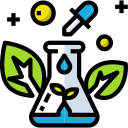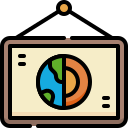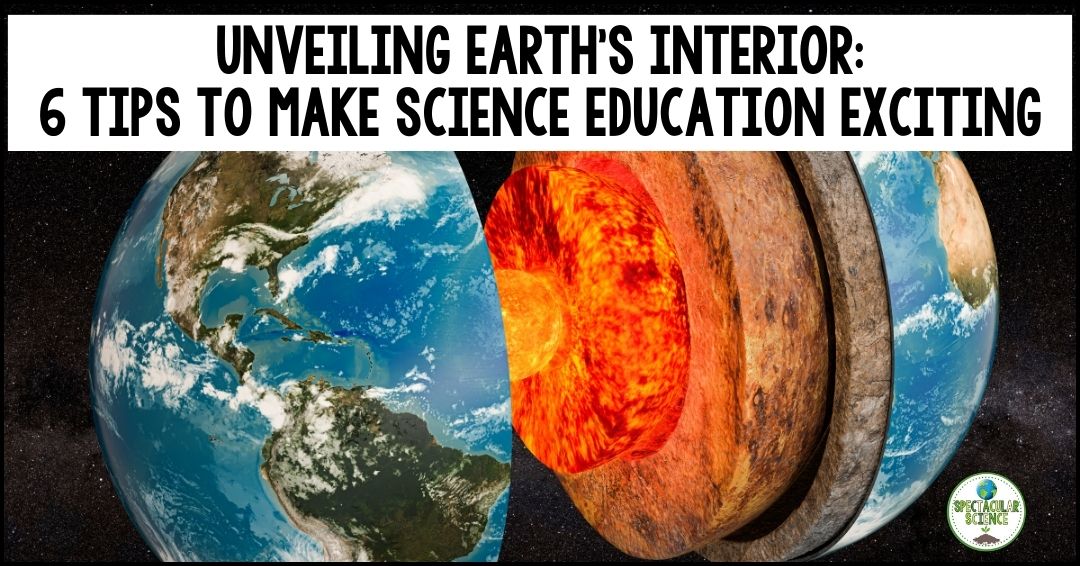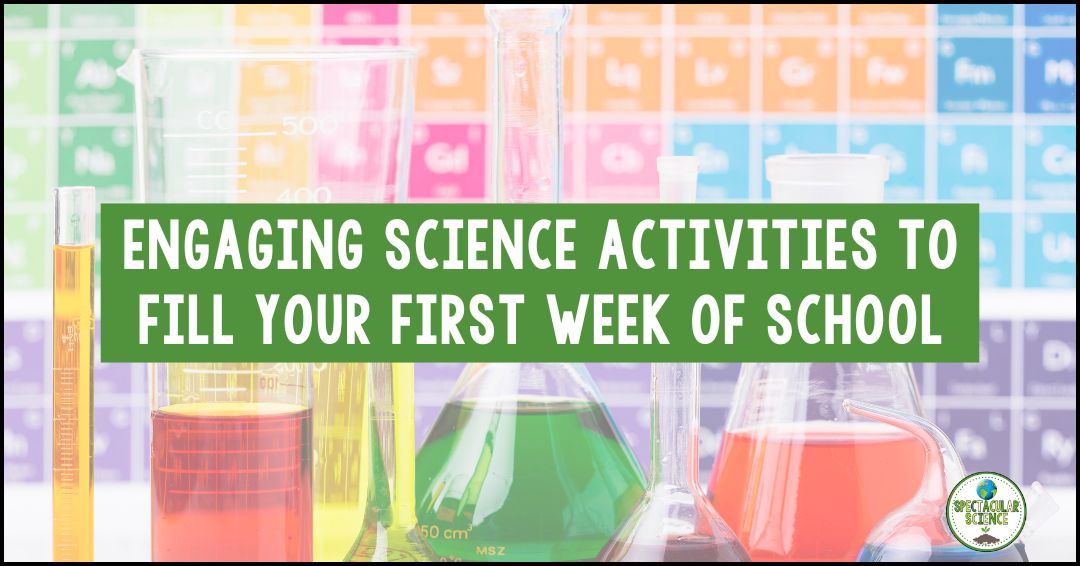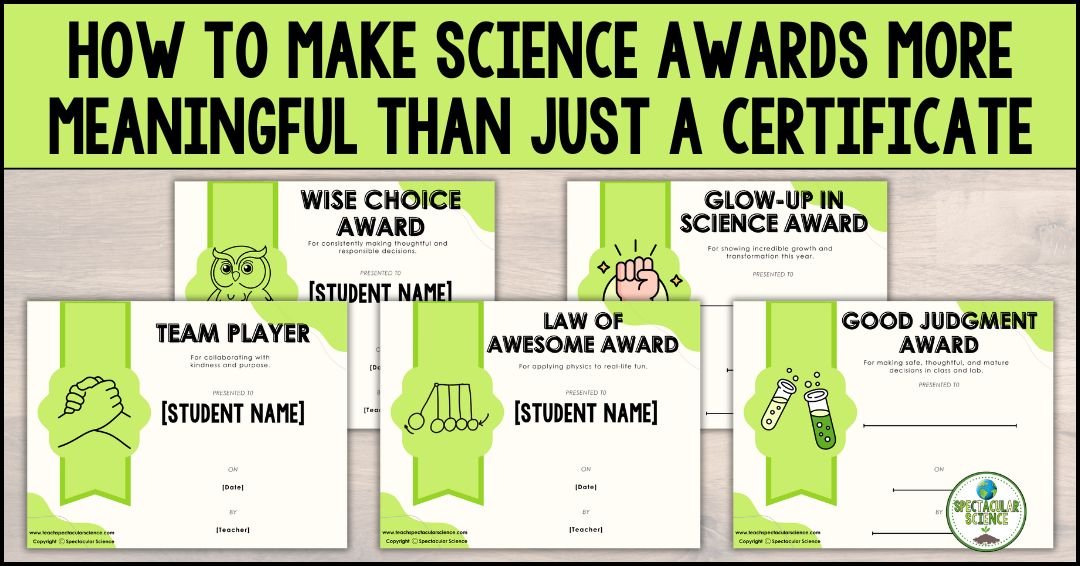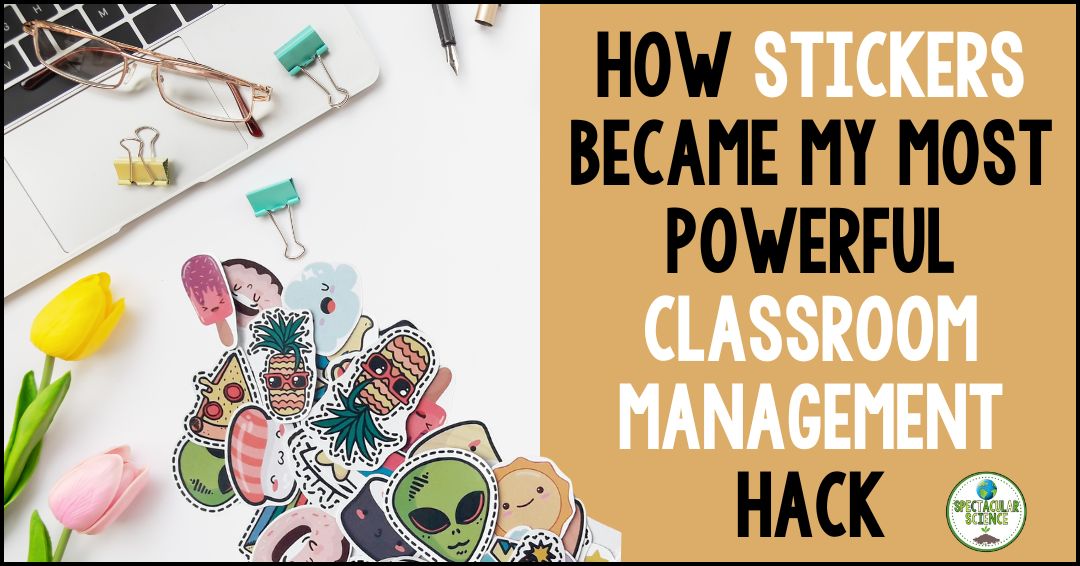
As educators seek options for effective teaching methods, the idea of incorporating project based learning ideas into middle and high school science classrooms is a powerful approach. Project based learning, or PBL, provides students with hands-on experiences, fostering deeper understanding, and ultimately engagement.
There are so many benefits to integrating projects into science education, including how they promote critical thinking, creativity, and a lifelong passion for scientific exploration.
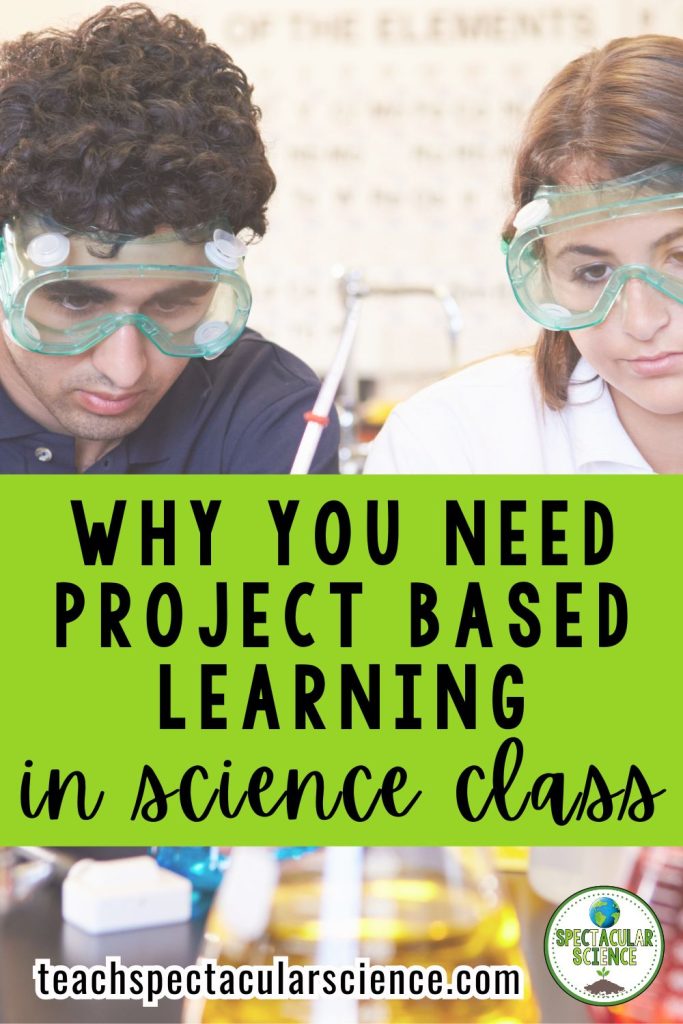
What is Project Based Learning?
Project based learning is not a new idea. It originates in the times of Confucius and Aristotle, who encouraged their students to explore their interests and to learn through doing.
As the name implies, students work on a project – usually of their own design – to gain skills and knowledge by addressing a real-world problem, challenge, or issue.
These projects are often collaborative and can lend themselves well to interdisciplinary approaches. Rather than simply researching a concept, students dive deeper to investigate a topic and then apply their knowledge to authentic, often complex questions or problems.
The main benefits of this approach to learning are the inclusion of student voice and choice!
Active Learning and Deeper Understanding
Project based learning ideas work their best to capture students’ attention. They stimulate students’ curiosity because of the nature of seeking answers. And their ties to the ‘real world’ often motivate students to delve deeper into scientific concepts.
There are any number of project based learning ideas that can offer students the opportunities to apply theoretical concepts in real-world contexts thereby fostering a deeper understanding of scientific principles.
For example, students could investigate water quality and suggest solutions if issues are detected or how to maintain quality. Another option is to design, construct, and test solar-powered gadgets or students can investigate alternative energy solutions like in this ready-made resource that that transforms students into savvy marketing executives on a mission to revolutionize our energy landscape.
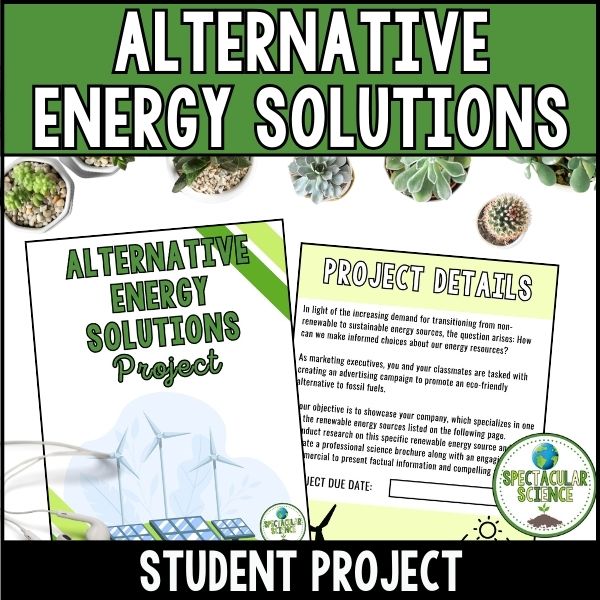
Critical Thinking and Problem-Solving Skills
One the main components of project based learning is that it encourages students to analyze data, identify patterns, and draw conclusions, which promotes critical thinking skills.
To differentiate for students in your classes, project based learning activities present students with challenges that can be complex based on their needs. This will require them to develop innovative solutions and think creatively. But you can tailor or guide the types of projects and how they are completed to ensure students’ participation, understanding, and success with their individual projects.
Collaboration and Communication Skills
The adaptability of project based learning is also a benefit in science class. With some topics, there may be more narrow choices for projects. This is not a deterrent, in fact, it’s a way to incorporate another soft skill: collaboration!
Pairing students or creating small groups means fostering collaboration, communication, and interpersonal skills as students work together.
For a final component of PBL, adding in a presentation to share the process and final decisions to address each project’s challenge or problem can be a highlight since it’s another tool for group learning. Plus, project presentations help in developing students’ communication skills, allowing them to articulate their ideas, justify their conclusions, and engage in scientific discourse.
To make sure students are active listeners use a peer feedback form where students can weigh in on on any number of ideas from the presentation. Instead of focusing on a critique of the presentation or project, this feedback could be framed as persisting questions or alternate solutions.
One project that students could undertake is this Minerals Project which invites students to delve into the realm of mineralogy as they research and showcase Earth’s hidden treasures. Students explore a specific mineral and then can collaborate (or work independently) and present a cartoon or advertisement that highlights their mineral’s unique properties and uses.
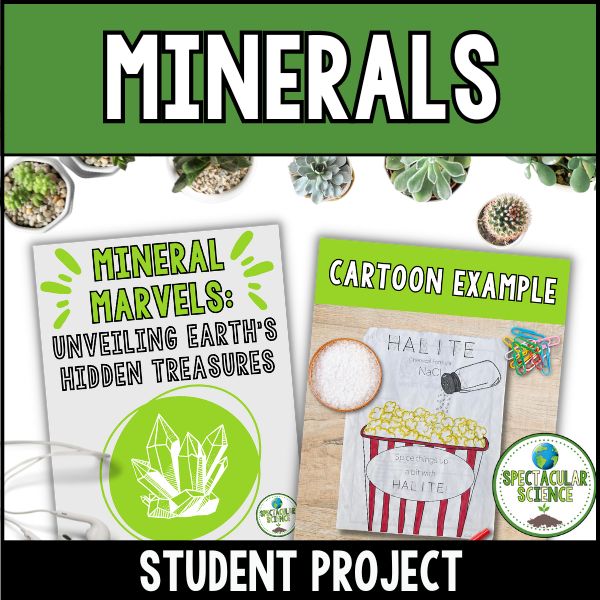
Authentic Application of Science
Projects enable students to see the practical applications of scientific knowledge. This bridges the gap between classroom learning and real-life scenarios. This is a way to increase student engagement too! When students see the relevance of their classroom work, it so often increases their buy-in for learning and class materials.
For example, students can investigate their household food habits with this Ecological Footprint Dinner Party Project. By investigating the quantity and types of resources consumed worldwide, students gain valuable insights into the environmental impact of our daily choices. The project sheds light on the crucial link between population growth and environmental issues, emphasizing that it’s not just the number of individuals but the level of consumption that contributes to ecological challenges.
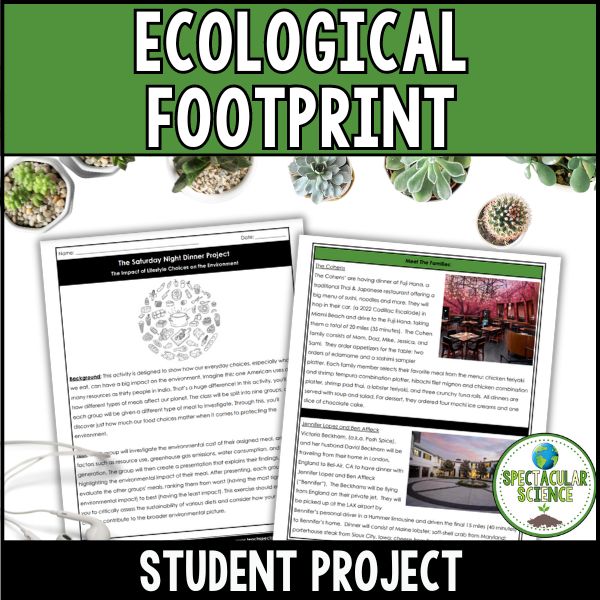
Another possibility for Earth or Environmental Science is this resource with two Severe Weather Projects. The clear and outlined expectations not only guide students through the projects but also streamline the grading process for teachers, making it an efficient addition to any curriculum.
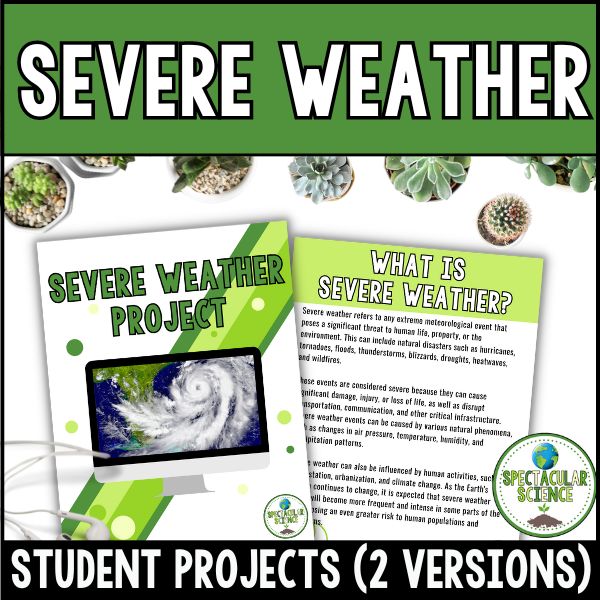
What’s more, is that the process of project based learning exposes students to various scientific fields. It provides insights into potential career paths and it reveals processes used in those fields. Finally, this nurtures a passion for further study, whether that’s additional high school courses or life post-secondary.
Student Engagement and Ownership
Choice and voice are the most crucial benefits of this approach to learning. Students can pursue topics of personal interest within the science domain, which fosters a sense of ownership over their education.
Project based learning taps into students’ natural curiosity. This is a great addition to year-end plans or after a grouping of units. Students can pick areas from units they’ve studied in class and dive deeper into an area of interest. This promotes self-motivation and cultivates a desire for deeper learning.
Assessing Holistic Learning
Finally, projects as a result of their very nature offer diverse assessment opportunities beyond traditional tests.
Rubrics don’t have to be tailored for each individual project though! Instead, the overarching project, including the process/investigation, the results, and proposed solutions, along with the final presentation, can be assessed with common rubrics. This allows educators to evaluate students’ understanding, application of knowledge, and skills.
By offering authentic application and hands-on experiences, project based learning empowers students to become active participants in their learning journey and develop essential skills for future success. Embrace the benefits of project-based learning, igniting a passion for science that will accompany our students long after they leave the classroom.
Looking for more resources using project-based learning, check out the Project category for my store on TpT.

